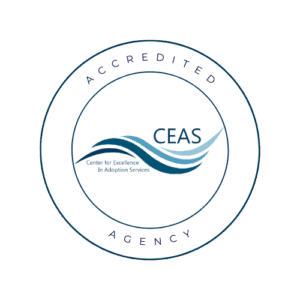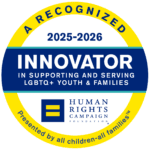Separated by the Circumstances of Adoption
Paulette always knew that her family was out there. She just needed to find them. The search and reunion process is fraught with fatigue and emotion for those of all ages, backgrounds, and adoption-related identities. With technological advents and a changing culture around adoption, the process has become easier for some – but not for all. This is the third and final installment in a three-part blog series that takes a look at the search and reunion process through Paulette, who had been adopted through Spence-Chapin decades previously.
Technological Advances
After years of trips to New York City and fruitless searches in birth records, Paulette’s process was at a standstill, and she didn’t know where to turn. Fortunately, her daughter had heard of some of the more modern technological advances in DNA testing to help find relatives.
“My oldest daughter, for my birthday last year, she said, ‘Mommy, you need to do your DNA’, and I go ‘Huh?’ ’She’s like ‘Ancestry?’ I was like, ‘Okay, well if you want me to do it buy it.’ So she said, ‘That’s going to be your Christmas gift.’ I said, ‘Okay, no problem.’”
With DNA testing services such as 23andMe and Ancestry.com, the path to reunification can be as simple as submitting a saliva sample to a laboratory. This way does not require any identifying information in order to connect with biological family members, as an adoptee will be linked to other genetic relatives, whether it is a direct biological parent or someone more distant. This process can lead adoptees closer to their birth parents, which was the hope of Paulette’s daughter. It is currently the most popular option, and Ancestry.com was a vital component of Paulette discovering her family.
“So, she bought it for me, I did it. It came back, all the family members was on there. And one family member introduced themselves to me, he got on, my cousin Henry, and he introduced himself, he said, ‘We are cousins.’”
Henry’s interest in DNA testing was genealogical. He was looking to find family members and connections between family members, and the mystery of how Paulette was connected was exciting.
“He was trying to detect, trying to feel out who’s related to who and how. We never could figure it out.”
However, after hitting several dead ends, Paulette reached out to everyone she was connected to, trying to discover whether any of them knew of family members that could have surrendered a child to adoption. Unfortunately, that led to a dead end.
“Then I started messaging, ’cause they have a message board, I started messaging all my cousins, and I was telling them that I’m trying to find my biological family, I’m trying to find my mom and my dad, and they was like… ‘Do you have a name?’ I said, ‘No, I’m lost, I don’t have a name.’ So then that’s when they said, ‘Okay, well see if you could find a name and then we can tell you.’”
Fortunately, around that time, as of November 14, 2019, New York State passed a law that allowed all adoptees born and/or adopted in New York State to receive a completely unredacted version of their original birth certificate. Paulette immediately applied, hoping to find a name that she could bring back to her family members to get some answers. She was told that she should receive her original birth certificate by the end of March. Then, COVID-19 hit. She said, “I was like ‘Oh my goodness, how long do I have to wait?’”
When Paulette opened her mailbox in October of 2020 and saw that she had finally received her original birth certificate after years of unknowns, she felt afraid. “I got back to the house, a friend of mine came over and they was like ‘You got it!’ and I’m like, ‘Yeah.’ And they said, ‘Well, why aren’t you opening it?’ And I said, ‘Because, I’m scared.’ It’s like, just open it! And I opened it and it had my mother’s name, Susan Simon.” She finally had a name.
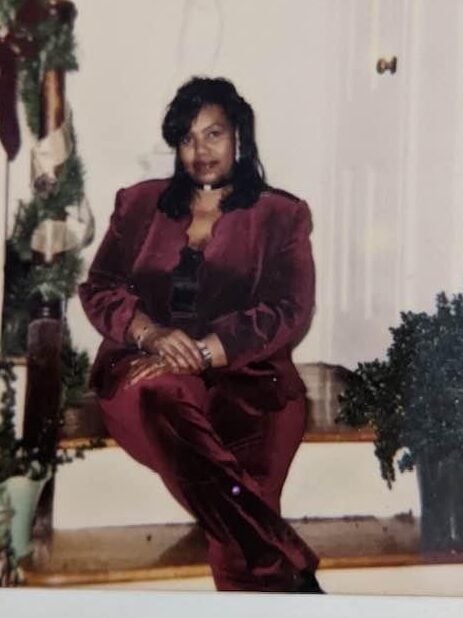
She immediately reached back out to her biological family members on the site, asking them if they knew a woman by the name Susan Simon. But something strange was happening. “I began to ask family members and they was like, ‘No… We never met her, we don’t know her.’ And I’m like, ‘Okay, I got the name now, now nobody knows her. What’s going on?’”
Unfortunately, mere access to original birth certificates is not the end game for many adoptees. Information reported on original birth records was largely unverified as opposed to today. A pregnancy without marriage was considered socially unacceptable in the 1960s, and birth mothers commonly used an alias when registering the birth of a child. Many biological fathers are not named on these documents regardless. And even if the national legislation shifts to allow adoptees access to their birth certificate, biological parents are left little recourse to make contact. They spend time waiting for the adoptee to access the original birth certificate, or are left wondering if they ever will.
Fortunately, this was not the case for Paulette. The last relative she reached out to, a relative that traveled frequently and did not always check the Ancestry.com messages responded surprisingly quickly, telling Paulette that yes, she did know Susan Simon—but she was sorry to relay that Susan had passed away. In shock, Paulette responded that that woman was her birth mother, gave her newfound cousin her phone number, and asked if she could call as soon as possible. Her cousin immediately agreed, and they called and spoke for hours, trying to solve the puzzle.
“Spence-Chapin sent me a summary, but no names were in it, so I explained to her that my grandmother… ’cause I know sometimes people get fishy when they go, ‘Well, can this be… This was never mentioned!’ I said to her, I know my grandmother was a licensed beautician, my mother’s mom, for 15 years. My grandfather worked for the construction company. And I know my mother had another child two years after me, and it was a girl. And I said, I would love to find my sister, and I would love to find my older brother, who’s two years older than me. She said, ‘Well, you don’t have to look far for your sister. Because I just spoke to your sister, we talk every day. Your sister’s name is Lisa.’ And the tears just fell. She was like, ‘Cousin, are you there?’ And I’m like, ‘Yes.’ I’m like, ‘You mean to tell me?’ She says, ‘Yes. Lisa grew up with my mom and her siblings… Lisa said to email her because she wants to talk to you.’”
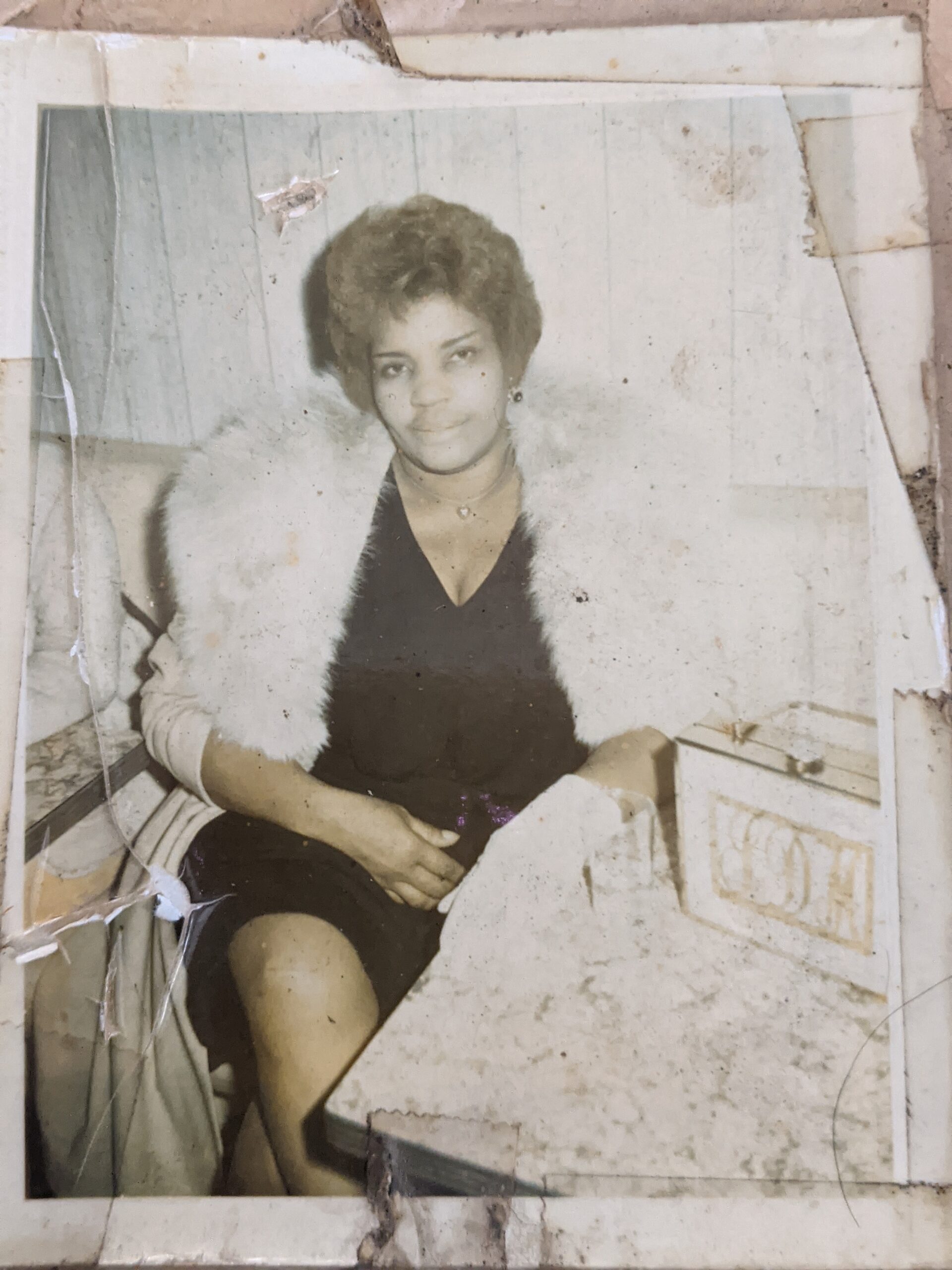
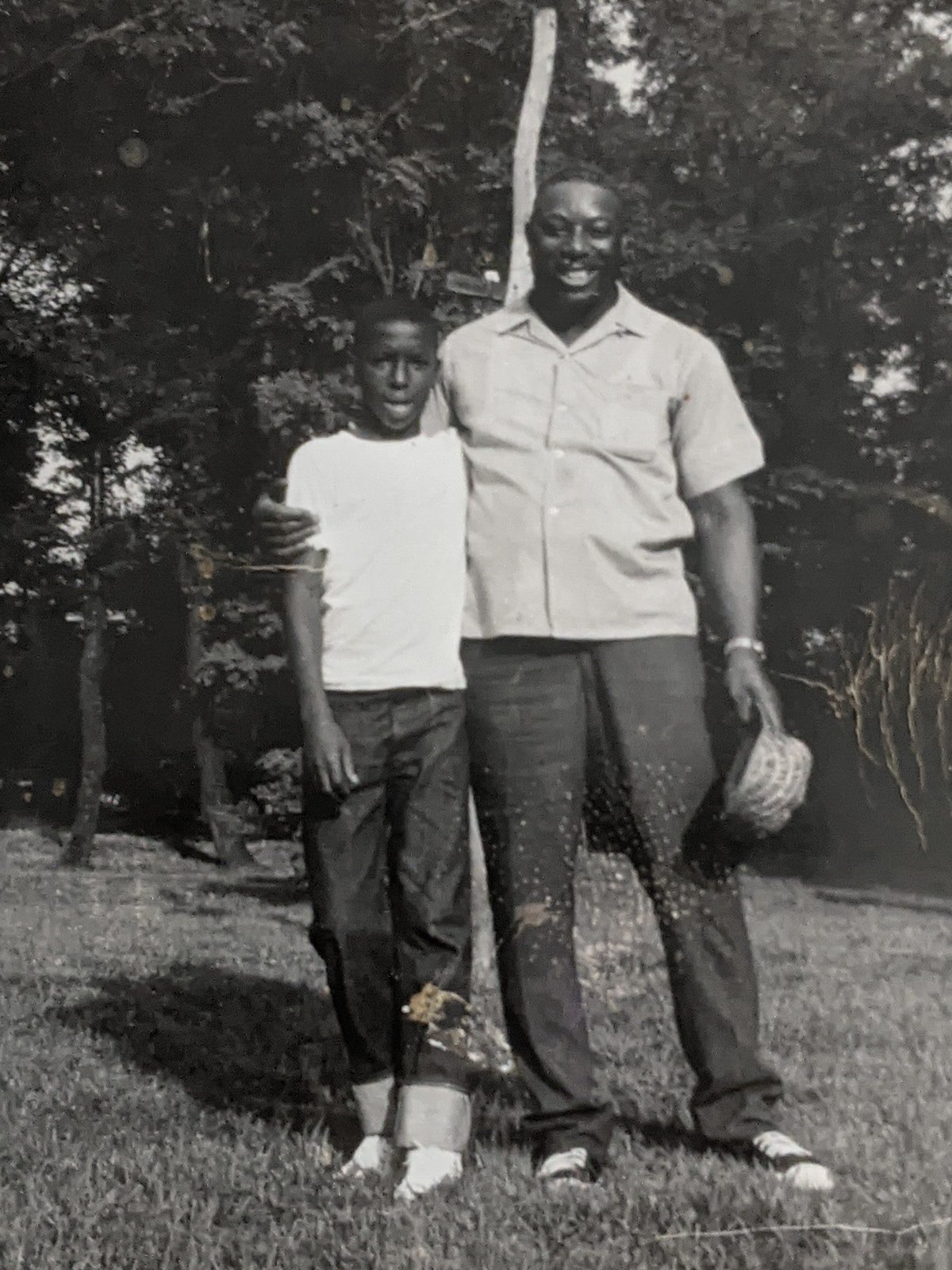

As it was nearly two in the morning, Paulette agreed and went to bed.
“The first thing I do when I got up, I showered and everything, and I emailed her. I sent a picture of me and my children, everything. She emailed me back, she introduced herself, I had introduced myself when I emailed her. And then she did the same, and then I said, ‘Well, can I call you?’ And she said ‘Yes.’ So we call, we talk, we cried on the phone because she was always told she was the only child.”
Sometimes, the information gleaned from adoption records, the original birth certificate, and DNA testing can create more questions than answers. The information reported in adoption records in previous generations was unverified, so DNA testing services can often provide more accurate insight into one’s ethnic composition or genetic health predispositions than historical adoption records can. The historically unverified non-identifying information from adoption records can directly contradict answers gleaned from DNA or the birth certificate, leaving adoptees wondering- did a biological parent believe what they were reporting to be true? Did they have a reason to report inaccuracies? Did they use a false identity during the adoption planning process? Without a connection to the biological parent, adoptees can only speculate.
Paulette’s biological family discovery didn’t end with her sister. During the early days of the COVID-19 pandemic, the Simon family has met every week for a family Zoom call to keep up connections and stay in touch while they waited for a time they could gather in person.
“’Come on Zoom’, [Lisa] said, ‘because Friday, the family wants to meet you and your children.’ And I said, ‘Okay.’ So the following Friday, I was all excited and everything, and all of my children, all five of my children and my sons and their wives, and my grandkids got the information and they all got on Zoom and all my family was on there,” says Paulette. “I was like, I did not know… I had all these family members. And they were like, ‘Oh my God. We never know you existed.’”
The technological advances of the past couple of decades have greatly increased the odds of having a successful search process. If one can learn identifying information about a biological family member, ‘Googling’ the person’s name or searching for them on social media can significantly narrow down possible biological connections. But for many people, the rise of new search methods and the decrease of adoption’s previous social stigma has arrived much too late. Like with Susan, biological relatives have passed away before a reunion could take place. Some individuals have spent years leaving no-stone-unturned, working with adoption agencies and registries and state governments, trying every possible avenue to learn more about biological family members, and still find themselves without the desired results.
Paulette wishes she had had the opportunity to meet her mother. Above all, she wanted to tell her mother that it was okay. “I told my sister [Lisa], ‘I just wanted her to know that I was not angry with her… I just wanted her in mine and my children’s lives.’”
Even without having had the opportunity to meet Susan, the similarities between the three women are striking. Paulette laughed and said, “When my sister got the pictures in the beginning, she called the family, she said, ‘Yeah, this is Susan’s daughter, she looks just like her.’ And me and my sister, when we were younger, we look just alike… She’s just lighter and everybody’s like, ‘Yeah, y’all like twins except one is darker than the other.’”
And like twins, Paulette and Lisa find similarities that bind them together. Paulette hopes to one day find their brother, who is two years older than Paulette and may not even know that he was adopted- so even with a beautiful reunion and the expansion of a family, the search continues forth. Their success in finding one another is an inspiration to the many adoptees, birth families, extended families and friends that are tirelessly searching in the hope to find each other again.
Paulette would like to use her own words to thank the people that have stood by her side during her search and discovery. “I would like to acknowledge my family and close friends that stood by me through this journey when I was looking for my biological family. My children Satira, Maurice, Anthony, David, and Crystal Lewis. My handsome & beautiful grandchildren Adrian, Amari, Jayla, David Jr., and Jeremiah. My Mentor Ms. MaryAnn Hawthorne, My Sisters in the Lord Theresa Smith, Eartha White, Pastor Brenda Legins. Most of all my biological family who welcome my children and I with open arm in October 2021. The Simon family. The Lord has Truly Blessed me with a Beautiful family. Love you all for your encouraging words on my Journey.”
As the years pass, changing attitudes, updated policies, and technological improvements have led to more and more successful reunion experiences. Nonetheless, the search and reunion process may be fraught with social and tangible challenges, leaving many only to hope for the truth about themselves and their biological family members.
If you are an adoptee, biological parent, or adoptive parent and this resonates with you, Spence-Chapin is here to help. Read below to learn more about the support services we can offer and the resources available to you as you traverse your adoption journey.
Support and Next Steps
Emotional Wellbeing
Spence-Chapin’s adoption-competent social workers can provide emotional support in a wide range of topics. This includes, but is not limited to, support in coping with the search and reunion process, the unknowns of one’s background, or in navigating newly found (and newly rekindled) relationships. Sessions can be accessed via phone, video chat, or in-person at our Manhattan office. Birth parents are welcome to attend a free, peer-led birth parent support group that is hosted monthly at Spence-Chapin’s Manhattan office. To learn more about these services, or to make an appointment, please contact our Therapy and Consultation team by phone at 646-539-2167, or by email at [email protected].
Record Services
In addition to Spence-Chapin’s own adoption records, Spence-Chapin maintains the adoptions records of the defunct Sophia Fund and Louise Wise Services (including records of the former Free Synagogue Child Adoption Committee). Spence-Chapin also maintains pre-1960 adoption records for the defunct agency of Talbot Perkins. To make an information request with *Spence-Chapin, please find related information at: www.spence-chapin.org/parr
For Louise Wise foster care records, post-1959 Talbot Perkins records, information requests should be directed to the New York City Administration for Children’s Services: www1.nyc.gov/site/acs/about/contact-acs.page
*Spence-Chapin is bound by law in regard to the information we can provide to adoptees from their adoption records. New York State law only permits the release of non-identifying information, if available, as it was reported at the time of the birth of the adoptee and also at the time of the surrender of the adoptee, and which fits the following specific categories: (1) age of the birth parents in years; (2) heritage of the birth parents, which shall include nationality, ethnic background and race; (3) education, which shall be the number of years of school completed by the birth parents; (4) general physical appearance of the birth parents; (5) religion of the birth parents; (6) occupation of the birth parents; (7) health history of the birth parents; (8) talents, hobbies and special interests of the birth parents; (9) facts and circumstances relating to the nature and cause of the adoption; (10) name of the authorized agency involved in such adoption; (11) the existence of any known biological siblings of the adoptee; (12) the number, sex and age, at the time of the adoptee’s adoption, of any known biological siblings. (Public Health Law 4138-c).
^names have been changed
The New York State Adoption Information Registry
This registry service is run through the New York State Department of Health and is available to adoptees who were born or adopted (domestically) in New York State; international adoptees are ineligible for this service. The Registry is able to facilitate the exchange of identifying information, including the names and contact information of eligible biological parents and siblings. In order to exchange identifying information, an eligible biological parent or sibling must also be registered with the Registry, and their relationship to the adoptee must be verifiable through vital records. Through the Registry, a birth parent may also anonymously leave health information, which is made available to the adoptee as soon as the adoptee becomes registered. You can read more about the Registry at the following website: www.health.ny.gov/vital_records/adoption.htm
New Jersey Vital Statistics
Adoptees who were born and/or adopted in New Jersey may apply for their original birth certificate through the New Jersey Office of Vital Statistics. Upon applying for an original birth certificate from New Jersey, the applicant may also receive family history information and birth parent contact information, if this information was supplied to the New Jersey Office of Vital Statistics by the birth parent. You can read more about these New Jersey services at the following link: www.state.nj.us/health/vital/adoption/vital-record-law-changes-faqs
Original Birth Certificates
As of January 15, 2020, adoptees who were born and/or adopted (domestically) in New York State are eligible to apply for their original (pre-adoption) birth certificates. Direct decedents of deceased adoptees are also eligible to apply. Original birth certificates are only available through government vital record offices and not from adoption agencies. Generally speaking, original birth certificates contain identifying information about at least one birth parent.
For those born in one of the five boroughs of New York City, original birth certificates are available through the New York City Department of Health and Mental Hygiene: www1.nyc.gov/site/doh/services/birth-certificates.page
For those born elsewhere in New York State, original birth certificates are available through the New York State Department of Health:
www.health.ny.gov/vital_records/obtaining_birth_certificate.htm
For those who were adopted in New York but born in another state, original birth certificates may not be available. However, New York will attempt to supply to the information that would be on the original birth record. Clients in this situation should apply for their original birth record information from the New York State Department of Health: www. www.health.ny.gov/vital_records/obtaining_birth_certificate.htm
For those born in another state, the original birth certificate may be available from the state of birth, depending on the laws of that state. Please visit the website of the Adoptee Rights Law organization for a state-by-state list of original birth certificate laws:



